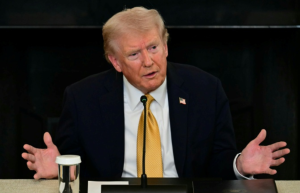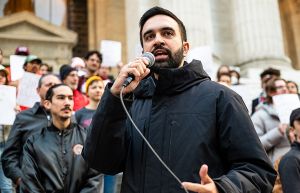Engineer William Rockefeller Jr. who drove a speeding Metro-North Railroad train that derailed last year killing four people had a sleep disorder that interrupted his rest dozens of times each night and said he felt strangely "dazed" right before the crash, according to federal documents released Monday, Reuters reported.
The train hit a curve in the Bronx on Dec. 1 at 82 mph, but when Rockefeller was asked if was clear headed enough to realize he was entering a curve he told investigators "apparently not," according to Reuters.
The National Transportation Safety Board released medical reports, interview transcripts and other documents but said its analysis of the information and any determination of the cause would come later, Reuters reported.
Rockefeller's medical exam after the accident uncovered "severe obstructive sleep apnea," apparently undiagnosed, the NTSB said, according to Reuters.
The NTSB also said a sleep study had been ordered because Rockefeller "did not exactly recall events leading up to the accident," Reuters reported.
The study found he had about 65 sleep arousals per hour, according to Reuters. Up to five interruptions an hour can make someone chronically sleepy.
The report said Rockefeller's blood and urine tests after the accident revealed small amounts of aspirin and an over-the-counter antihistamine that carries a warning it could impair the ability to drive, according to Reuters. The report also notes Rockefeller's work schedule had recently changed from late night to early morning shifts.
Rockefeller said he couldn't be sure when the dazed feeling began, but he remembered seeing the Riverdale station, just before the Spuyten Duyvil station where the derailment occurred, Reuters reported.
He said he was roused only when he sensed "something wasn't right" with the train and instinctively shut it off or threw it into emergency braking, according to Reuters.
The NTSB noted that sleep apnea is not mentioned in Metro-North's medical guidelines, Reuters reported. It repeated its recommendations that Metro-North put more speed limit signs on the right of way and put audio and video recorders on the trains.
© 2025 HNGN, All rights reserved. Do not reproduce without permission.








